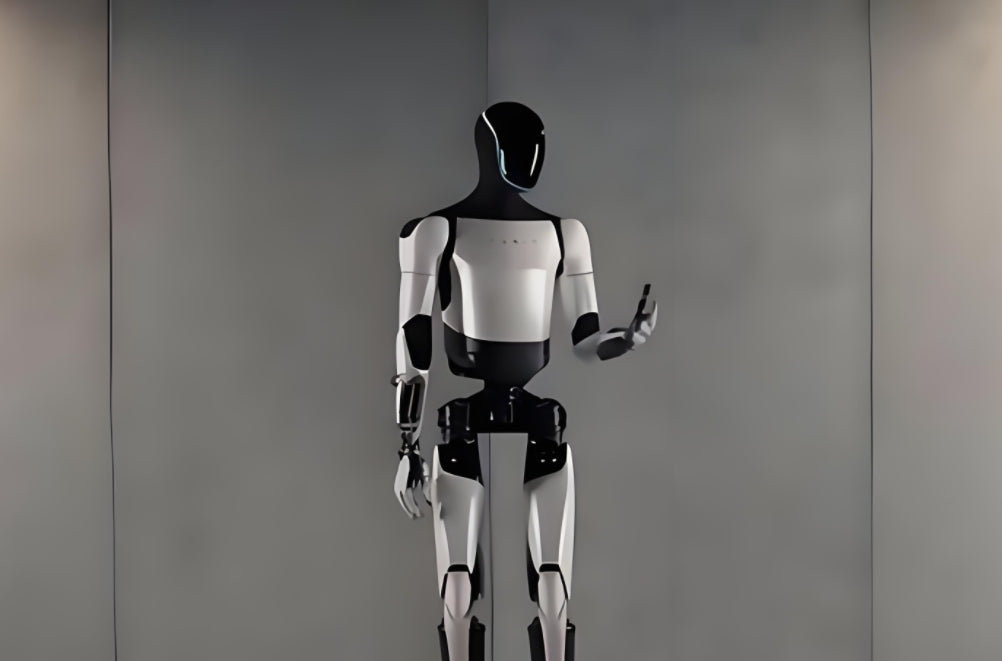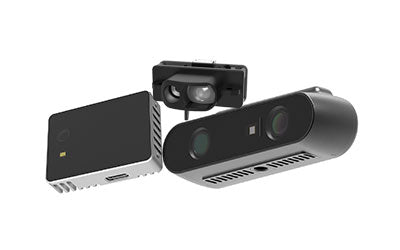Humanoid Robots: Revolutionizing Industries with AI and Automation

As artificial intelligence (AI), robotics, computer vision, and deep learning continue to evolve at a rapid pace, humanoid robots are becoming essential tools in various industries. These robots, which mimic human actions and behaviors, are transitioning from concepts in science fiction to real-world innovations, significantly impacting sectors like healthcare, education, service, and manufacturing. Their advanced capabilities to interact naturally with humans, perform complex tasks, and adapt to dynamic environments are reshaping industries, improving productivity, and enhancing human experiences.
What are Humanoid Robots?
Humanoid robots are designed to resemble the human body, typically consisting of a head, torso, arms, and legs. These robots use a combination of AI, computer vision, sensors, and deep learning algorithms to simulate human behavior, make decisions, and interact with the environment. Unlike traditional industrial robots, which perform simple, repetitive tasks, humanoid robots can engage in more complex, flexible, and intelligent interactions. This makes them ideal for collaborating with humans in dynamic environments, handling tasks that require decision-making, perception, and action.
These robots are increasingly recognized as a breakthrough in robotics due to their adaptability and autonomy. As they learn from their surroundings and gain experience through deep learning, they can continuously improve their functionality and efficiency, becoming more integrated into various sectors of modern life.
1. Healthcare: Enhancing Care, Support, and Safety
One of the most impactful areas where humanoid robots are making strides is in healthcare. With the aging population and the rising demand for medical care, humanoid robots are becoming crucial assets in hospitals and home care settings. These robots are equipped with AI and medical sensors that allow them to monitor patient vitals, remind patients to take medications, and assist with mobility. In rehabilitation, robots are used to help patients recover physical functions by mimicking human movements in controlled therapies.
Humanoid robots also provide emotional companionship, alleviating loneliness in elderly patients or those suffering from long-term illnesses. As technology advances, these robots will become more capable of delivering personalized care, offering mental health support, and enhancing the overall healthcare experience. Their ability to monitor and respond to changes in patient conditions makes them indispensable in supporting healthcare professionals.
2. Education: Personalized, Interactive Learning
In education, humanoid robots are redefining how students learn and engage with their studies. These robots are designed to provide personalized learning experiences by adapting lessons to a student's pace and learning style. They can teach subjects like mathematics, language, and science while adjusting their approach based on a student’s progress and emotional responses. Through interactive methods, humanoid robots can simulate various educational scenarios, making subjects like history, science, and art more engaging.
In addition to their teaching capabilities, humanoid robots serve as emotional support systems for students, fostering a more conducive learning environment. By recognizing facial expressions and adjusting their behavior accordingly, these robots can help create a more supportive and inclusive classroom atmosphere. Their adaptability allows for a more personalized educational experience, particularly for children with special needs or learning disabilities.
3. Service Industry: Enhancing Customer Experience and Engagement
In the service industry, humanoid robots are gradually becoming an integral part of customer-facing roles. From receptionists to tour guides to product demonstrators, these robots enhance customer interactions by offering a more efficient and personalized service. In hotels, restaurants, and shopping malls, humanoid robots are deployed to assist with check-ins, provide information, answer questions, and even direct customers to desired locations.
At large-scale events like exhibitions or trade shows, humanoid robots serve as brand ambassadors, introducing products, answering inquiries, and providing a memorable customer experience. Their emotion recognition capabilities and AI-driven interactions allow them to foster deeper connections with consumers, increasing engagement and brand loyalty. This dynamic customer service approach is revolutionizing the way businesses interact with their customers, making the process more efficient, enjoyable, and tailored to individual needs.
4. Industry & Automation: Boosting Productivity and Efficiency
In manufacturing and industrial automation, humanoid robots are increasingly being integrated into production lines to perform precision tasks such as assembly, inspection, and handling. Their flexibility allows them to adapt to different tasks and manufacturing environments, making them ideal for situations where traditional robots may lack the required dexterity or autonomy.
Humanoid robots can also step in to perform dangerous tasks, reducing the risk of injury in hazardous environments. For example, they can replace humans in high-risk zones, allowing them to work in environments that are either unsafe or physically demanding. With the ability to seamlessly integrate with other automation systems, these robots help improve production efficiency, reduce costs, and ensure worker safety.
5. AI and Deep Learning: Enabling Intelligent Decision-Making
The advanced capabilities of humanoid robots are powered by AI and deep learning technologies. By integrating computer vision, speech recognition, and emotion analysis, these robots can accurately perceive and understand human behavior and their surroundings. With continuous learning, humanoid robots can improve their ability to interact with people, make decisions, and optimize tasks.
Deep learning enables humanoid robots to improve task processing over time. As they gather more data, they become more adept at analyzing environments and making decisions with greater precision. This adaptability allows them to take on increasingly complex tasks, making them more capable in various environments, from healthcare to manufacturing to customer service.
6. Future Prospects: A More Human-Centric Approach
Looking ahead, humanoid robots will continue to evolve, becoming more integrated into everyday life. Their intelligence and ability to collaborate with humans will make them indispensable in a variety of fields. In healthcare, they will offer more advanced, personalized care for patients, relieving pressure on healthcare systems. In education, they will help tailor lessons to individual learning needs and foster a more engaging environment for students.
Humanoid robots will continue to improve customer service interactions, providing more intuitive, emotionally intelligent interactions that enhance customer satisfaction. In the manufacturing sector, they will optimize workflows and ensure greater efficiency and safety on the production floor. As humanoid robots become more emotionally aware, they will offer emotional support, providing companionship and care, particularly in elderly care and mental health services.
7. Conclusion: Humanoid Robots Shaping the Future of Society
Humanoid robots are revolutionizing multiple industries, from healthcare and education to services and manufacturing. Their ability to mimic human actions, think critically, and interact naturally makes them essential tools in driving future technological innovation. As AI and robotics technologies continue to advance, humanoid robots will further enhance productivity, safety, and quality of life.
In the coming years, humanoid robots will become more adept at interacting with humans, offering personalized care, and performing tasks with greater precision. Their emotional intelligence and ability to learn from their environment will make them integral to society's development. As they evolve, humanoid robots will play a key role in the future of an intelligent, automated society, transforming industries and improving the human experience worldwide.
Synexens 3D Of RGBD ToF Depth Sensor_CS30
Our professional technical team specializing in 3D camera ranging is ready to assist you at any time. Whether you encounter any issues with your TOF camera after purchase or need clarification on TOF technology, feel free to contact us anytime. We are committed to providing high-quality technical after-sales service and user experience, ensuring your peace of mind in both shopping and using our products.
-
で掲示されます
CS30






